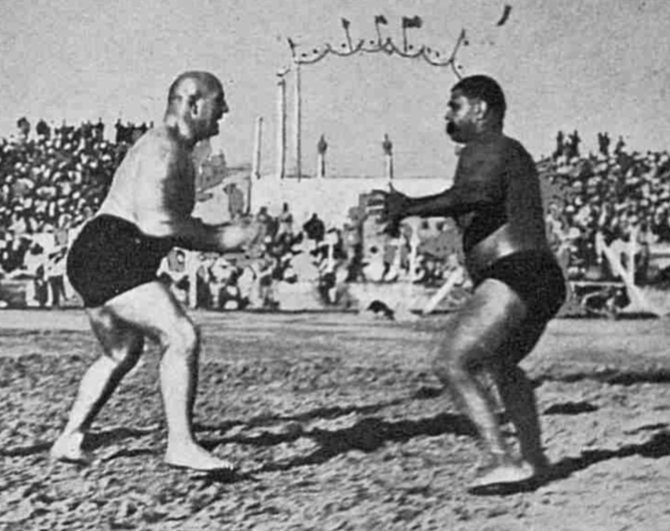Nowadays, turbochargers are an indispensable part of diesel cars. Following severe emission standards, petrol cars have also started to adapt the turbochargers. The turbocharger rises the power output of the engine allowing the carmakers to crush more power from a smaller displacement engine. Witnessing numerous turbocharged vehicles on road, the knowledge of maintaining one is essential. Turbocharged cars include delicate designs, with added spare parts to possibly fail. The turbo itself asks for watchful care. So, here is everything you need to know about turbochargers and fast cars.
Synthetic Oil Replacement at Regular Intervals
The oil itself and replacement of oil are super critical to an engine’s endurance. It is important to the life of a turbocharger as well. Earlier, turbochargers were completely oil-cooled. Presently, turbochargers are also cooled by the coolant but are still tough on oil. Synthetic oil is preferable, guarding well from the high heats of turbo-life. Whichever synthetic oils are endorsed for your turbo engine, oil change at regular intervals is must-follow advice for all the iLoad Turbo owners.
Say No to Cold Engine Revving
Providing your turbo with fresh oil regularly is just the beginning, but once it is inside the engine, you have to utilize it well. Oil works at its best within an optimal operating temperature. It flows and lubricates the turbo to the best only if kept at a certain temperature. Before that, its dense state upturns oil pressure, tapping more strain on oil caps. The caps of a turbocharger are positioned in its central cartridge, where oil loosens the shaft that joins the turbine and compressor sides. When these wear enough to let oil trickle excessively, you may see that extreme blue-like smoke from the exhaust pipe. Getting the oil ready for temperature also evaporates the moisture that shapes in it while it sits coolly in the oil pan. Fast, petite trips taken often will require an oil change faster because the fluid will develop saturation with un-burned scums.
Cruising it Left and Right
When you are done with warming up, turbo cars are seldom boring. Boost gauges act as grin gauges; the slingshot effect of when turbochargers whirl up and toss the car ahead is as infective as the flu. Though, you have to use it sensibly. All you have to do is simply workout warm up and cool down conducts to repay the engine. If you are a regular driver and want to keep it simple, then make sure you do not churn the engine much. The turbo is anything but being used, dipping wear and amassed gas mileage. In absence of a boost gauge, the artless way to DIY this s to focus on your speed when cruising. Start letting off the gas gradually until you notice your speed starts dropping. The moment you observe you are slowing, gently push into the gas again until you maintain speed.
Let it Cool Down
If you just got home from a smiley and fun drive, or you have been chasing the highways; do not off-ramp your Mazda CX7 Turbo directly! Unless your last couple of miles were driven warily, the turbo will likely be heated more than ideal for turning the engine off. The lifeblood-oil flowing through it is the reason behind this. If it’s not fed apt time to flow and exchange heat, the oil becomes sludge. And this slug chokes the oil channels. When sludge slogs the cooling channels of the turbocharger, inadequate lubrication will wear its bearings sooner. A minute of lazing time after an hour’s drive is a bit of added discretion. Markets also offer Programmable turbo timers, which are capable of setting timers for lazing the engine without the car in ignition. Security structures like abrupt shutdown when keyless driving is sensed are also available in the turbo cars nowadays.
That’s probably more than enough for maintaining your turbocharged giant. These tips will save your bucks being spent at the mechanic’s shop.




